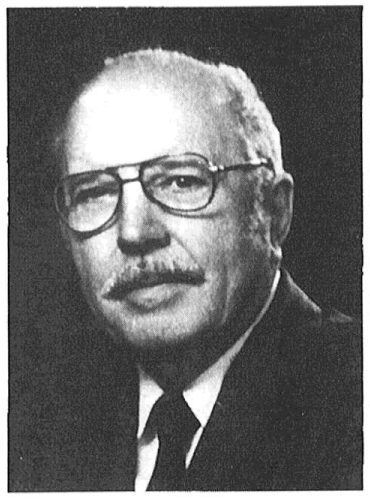Gemstone Coloration and Dyeing – Iron Process
There are several reactions well known to chemists, involving iron compounds and prussiate compounds (ferrocyanides and ferricyanides) that yield characteristic blue precipitates. All are applicable to chemical coloration of gemstone, but since they do not differ significantly for our purposes, only one is included in this book. It involves a reaction between potassium ferricyanide and ferrous sulfate, producing a blue precipitate known as "Turnbulls Blue".
3 Minute Read
There are several reactions well known to chemists, involving iron compounds and prussiate compounds (ferrocyanides and ferricyanides) that yield characteristic blue precipitates. All are applicable to chemical coloration of gemstone, but since they do not differ significantly for our purposes, only one is included in this book. It involves a reaction between potassium ferricyanide and ferrous sulfate, producing a blue precipitate known as "Turnbull's Blue"
11. Potassium Ferricyanide - Ferrous Sulfate (Turnbull's Blue)
Materials needed:
- Potassium ferricyanide (alias red prussiate of potash), K3Fe(CN)6
- Ferrous sulfate (alias copperas, green vitriol, iron sulfate), FeSO47h20
Procedure:
- A. Prepare approximately a one-half saturated solution of the potassium ferricyanide. One pound of this compound in two quarts of water is about right for such a solution. One at a time, immerse the clean, dried slabs and allow them to soak at least two weeks. Pour off the solution and store. It can re-used indefinitely. Rinse and dry the slabs at lowest oven heat.
- Prepare a saturated solution of the ferrous sulfate (i.e. use a little less water than is required to dissolve whatever quantity of the salt you wish to use so that some undissolved crystals remain at the bottom of the container). This will require approximately one-half pound of the salt to a quart of warm water. Immerse the dried slabs from part A of the procedure into this solution and allow them to soak for at least two weeks. Drain of f the solution and store. It can be re-used indefinitely. If the undissolved crystals at the bottom of the jar gradually disappear (having gone into solution) add a little more of the ferrous sulfate. Rinse and dry the slabs and they are ready for use and admiration.
The blue obtained by this method are distinctly different from those of the copper and cobalt processes above. The color imparted to some gemstone is more or less an indigo blue. The color is very intense on some of the varieties of gemstone - too much so for some people's taste, while others are highly pleased with it. If less color intensity is desired, use a weaker solution of the potassium ferricyanide (about one-fourth pound to a quart of warm water).
This process is one of the few to which all of the eighteen varieties of gemstone described in this book respond with good coloration (with the possible exception of Moabite). The petrified bog, due to its heterogeneous composition, takes on a mottled blue coloration. Some of the wood components turn a nice turquoise blue while other components remain brownish, providing a pleasing contrast. The fortifications of coconut agate, Mexican dendritic and crazy lace color well with good sharp contrasts. Likewise, the plume in stinking water plume and Sheep Creek dendritic provide pleasing contrast in this process. It is interesting to note however, that in stinking water plume, the "plume" colors and the surrounding agate does not, while in the Sheep Creek agate the reverse is true.
The white, opaque type of polka dot agate tends to turn turquoise blue with this process. The brown polka dots remain brown again with pleasing contrast, snakeskin agate and troyite tend to become more or less indigo blue suggestive of lapis lazuli. Granite, which does not by any means, respond to all coloring processes, does very well with this one.
Much the same coloration results if potassium ferrocyanide, K3Fe(CN)6 and ferric chloride or nitrate are used. However, no advantage is thus provided.
Read also:
Gemstone Coloration and Dyeing - Table of Contents
Gemstone Coloration and Dyeing - The Blues: Cobalt Series
Gemstone Coloration and Dyeing - The Blues: Copper Series
You assume all responsibility and risk for the use of the safety resources available on or through this web page. The International Gem Society LLC does not assume any liability for the materials, information and opinions provided on, or available through, this web page. No advice or information provided by this website shall create any warranty. Reliance on such advice, information or the content of this web page is solely at your own risk, including without limitation any safety guidelines, resources or precautions, or any other information related to safety that may be available on or through this web page. The International Gem Society LLC disclaims any liability for injury, death or damages resulting from the use thereof.
The All-In-One Jewelry Making Solution At Your Fingertips
When you join the Ganoksin community, you get the tools you need to take your work to the next level.
Trusted Jewelry Making Information & Techniques
Sign up to receive the latest articles, techniques, and inspirations with our free newsletter.



